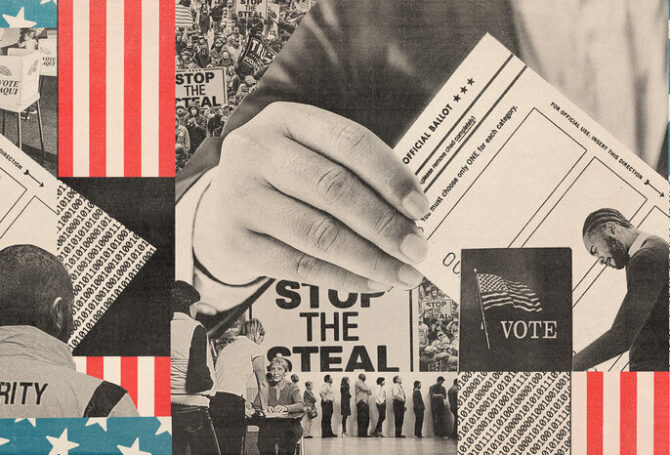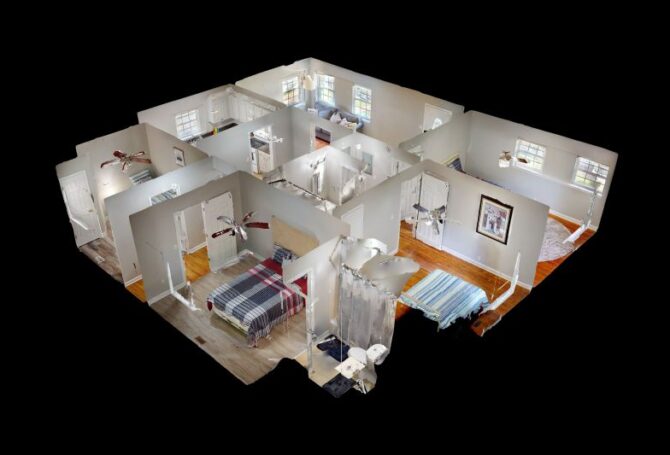
Columnist Nicholas Kristof Explores How Co-Living Can Meet Pressing Need
 Nicholas Kristof didn’t qualify to run for governor, but his latest New York Times column qualifies as a useful suggestion to quickly and inexpensively address unmet demand for affordable housing. Renting bedrooms, after all, isn’t a revolutionary idea.
Nicholas Kristof didn’t qualify to run for governor, but his latest New York Times column qualifies as a useful suggestion to quickly and inexpensively address unmet demand for affordable housing. Renting bedrooms, after all, isn’t a revolutionary idea.
My daughter just moved into a three-bedroom townhouse with two housemates to reduce their individual monthly rent. Intergenerational families occupy homes with multiple bedrooms to cut costs. Basements and attics have been converted to cheaper apartments. It’s a natural form of housing density created by necessity.
Kristof touts a commercial version of the rent-a-room co-living concept that has been used in Houston to address homelessness and elsewhere to provide affordable housing for low-income people facing soaring rent increases,.
A Long-Term Airbnb
PadSplit, which Kristof describes as a long-term Airbnb, rents furnished bedrooms in homes near public transportation and other services. Working or retired Americans who can’t afford to rent an apartment are the target audience. According to Kristof, PadSplit has already provided housing for 22,000 people in 18 cities.
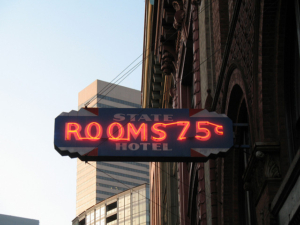 Old-fashioned boarding houses are the company’s blueprint. PadSplit buys homes, converts living rooms into bedrooms, puts locks on each bedroom door and rents by the week. Renters share kitchens and bathrooms.
Old-fashioned boarding houses are the company’s blueprint. PadSplit buys homes, converts living rooms into bedrooms, puts locks on each bedroom door and rents by the week. Renters share kitchens and bathrooms.
As Kristof notes, boarding houses and single-room-occupancy hotels once provided affordable places to sleep, store belongings and stay warm for people with meager resources, not enough money for a rental deposit and without anywhere else to go. Most of these low-end housing options were destroyed by urban renewal projects. Nothing similar was built to replace them. The closest contemporary replica is sleeping in a van or on the backseat of a car.
Return of SRO Accommodations
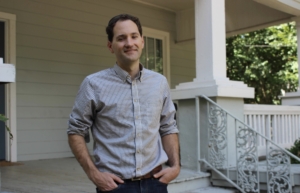 Atticus LeBlanc, a former Atlanta land broker and founder of PadSplit, told Kristof he wants to bring back a form of SRO housing that’s missing in most community’s housing inventories. The idea came to him in 2009, he says, when two men scraping by on Social Security asked if they could each rent a bedroom in one of his rental houses.
Atticus LeBlanc, a former Atlanta land broker and founder of PadSplit, told Kristof he wants to bring back a form of SRO housing that’s missing in most community’s housing inventories. The idea came to him in 2009, he says, when two men scraping by on Social Security asked if they could each rent a bedroom in one of his rental houses.
LeBlanc told Kristof a light bulb went on when he realized it could be more profitable to rent rooms not just houses and help to satisfy unmet housing demand by people with low incomes. He pitched the concept and secured funding from a foundation to launch PadSplit in 2017 as a public benefit corporation. He has now raised $35 million in seed money.
“My take was there really wasn’t a heck of a lot of difference other than just circumstance and opportunity with the people that I was engaging with on a daily basis relative to the commercial real estate investment world,” says LeBlanc. “Ultimately that front-row seat just made me much more passionate about the problem and seeing how disturbing it was that people with income and primarily with full-time jobs did not have access to housing. And that was a major aha moment for me coming from a very privileged background.”
A way to squeeze more efficiency out of existing housing stock is
to provide furnished room rentals that low-income people can afford.
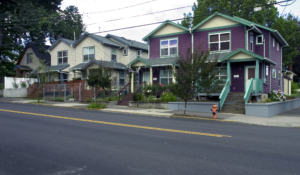
Squeeze Efficiency From Existing Houses
He views his product as a way to squeeze more efficiency out of existing housing stock. LeBlanc cites Census data that 28 percent of American homes are occupied by a singe person, but only 1 percent of available U.S. housing are studio-sized dwellings or apartments. The average PadSplit renter is 33 years old and earns $30,000 per year.
A rented room isn’t everyone’s dream accommodation. Having rented rooms in a residential neighborhood wouldn’t be viewed as optimal by adjoining homeowners. In many places, what PadSplit provides would violate local zoning laws. Room rentals won’t erase the affordable housing shortage.
But there are clear advantages to filling empty bedrooms. The most obvious is that it doesn’t a lot of capital to perform a small amount of remodeling and add door locks to create available rooms to rent. Low costs mean lower rental rates. Another advantage is accommodating more density without adding more structures, including duplexes or fourplexes. If the housing is near transportation hubs, it boosts ridership.
Chronic Housing Shortage
Oregon, along with much of the rest of the country, is trying to reduce a chronic housing shortage, which has pushed up housing prices and priced out many residents. Economists say the homelessness problem has been made worse by the nation’s lack of housing.
Building more housing units is expensive. One construction company that builds multi-family housing estimates a 10-unit apartment complex could easily cost more than $1.2 million. The average cost to build a studio apartment is nearing $150,000. Those costs could be higher depending on how much the land costs where they would be built.
 Boosting housing production takes time, land as well as money. There is planning, zoning and, in undeveloped land, water and sewer line extensions and new road construction. Major housing developments can trigger additional investments such as school additions and widened arterials.
Boosting housing production takes time, land as well as money. There is planning, zoning and, in undeveloped land, water and sewer line extensions and new road construction. Major housing developments can trigger additional investments such as school additions and widened arterials.
For investors, housing developments need to turn a profit. Building affordable studio apartments isn’t at the top of their list. That’s the reason why SRO apartment buildings were never replaced, and probably never will be. This the opening LeBlanc sees is trying to fill.

Starting Out or Scraping By
His idea isn’t glamorous, but holds the allure of squeezing some profit with little capital outlay out of existing multi-bedroom houses. Boarding houses aren’t for everyone but may be perfect for someone who is just starting out or just scraping by. No public investment would be required for building, extending services or adding parking. It may require patience and forbearance by neighbors, but perhaps not much more than living next to house with a large family and a big dog.
“Millions of Americans working as teachers, firefighters and factory workers simply can’t afford to rent apartments or have credit problems that make it hard to get approved to rent,” Kristof wrote. “PadSplit accepts people with eviction history or weak credit but still makes it work. It claims a 97.5 percent collection rate.”
“I’m sure some people will see this model as exploitive,” he added. “It would be nice if people had their own homes, but that sentiment doesn’t actually get anyone housed. While sharing a bathroom and a kitchen isn’t ideal, it’s so much better than living in a car.”




